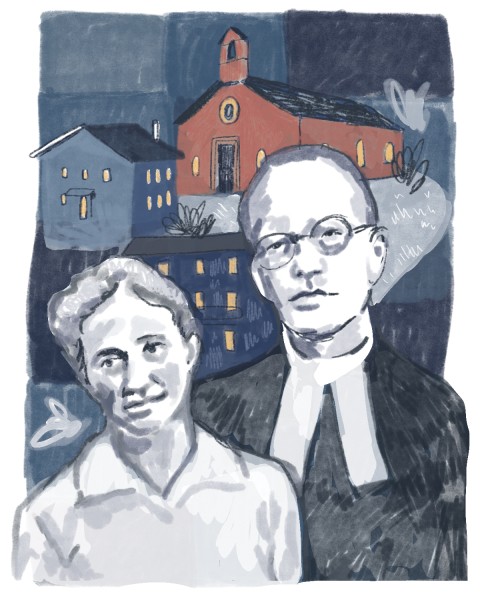Conspiracies of goodness
When I fear a dystopian future, I hold on to stories of everyday resistance.

(Illustration by Martha Park)
The Holy Spirit moves at ground level. This is the vision of Matthew Heyd, the newly installed bishop of the Episcopal Diocese of New York, and it is repeated in every communication. This watchword has become a source of hope and, yes, grounding for me.
My sense is that by emphasizing the Spirit’s ground-level movement, the diocese is lifting up the work of the local church, encouraging people as they emerge from COVID in trying and uncertain times. Their unglamorous, day in and day out ministry is holy, and it matters. That is a good and needful message. But for me, the words mean something more in this political climate.
Perhaps by the time this column sees print, the threatening storms on our political landscape will have blown away, showing clear skies ahead. But that’s not what I see on the horizon. I fear for refugees and immigrants. I fear for my queer siblings, including my daughter Ana and her family. She’s hurrying to adopt their youngest child, Ruby, because even though my daughter’s name is on the birth certificate and she is married to Ruby’s birth mom, she has no legal rights as Ruby’s mother without adoption here in New York, a supposedly safer state. I fear for the transgender youth who come for shelter from around the world and from up the street, under siege even in New York City. I fear for those who depend on food stamps and Head Start. I fear for bees and watersheds and gorgeous colonies of coral.




